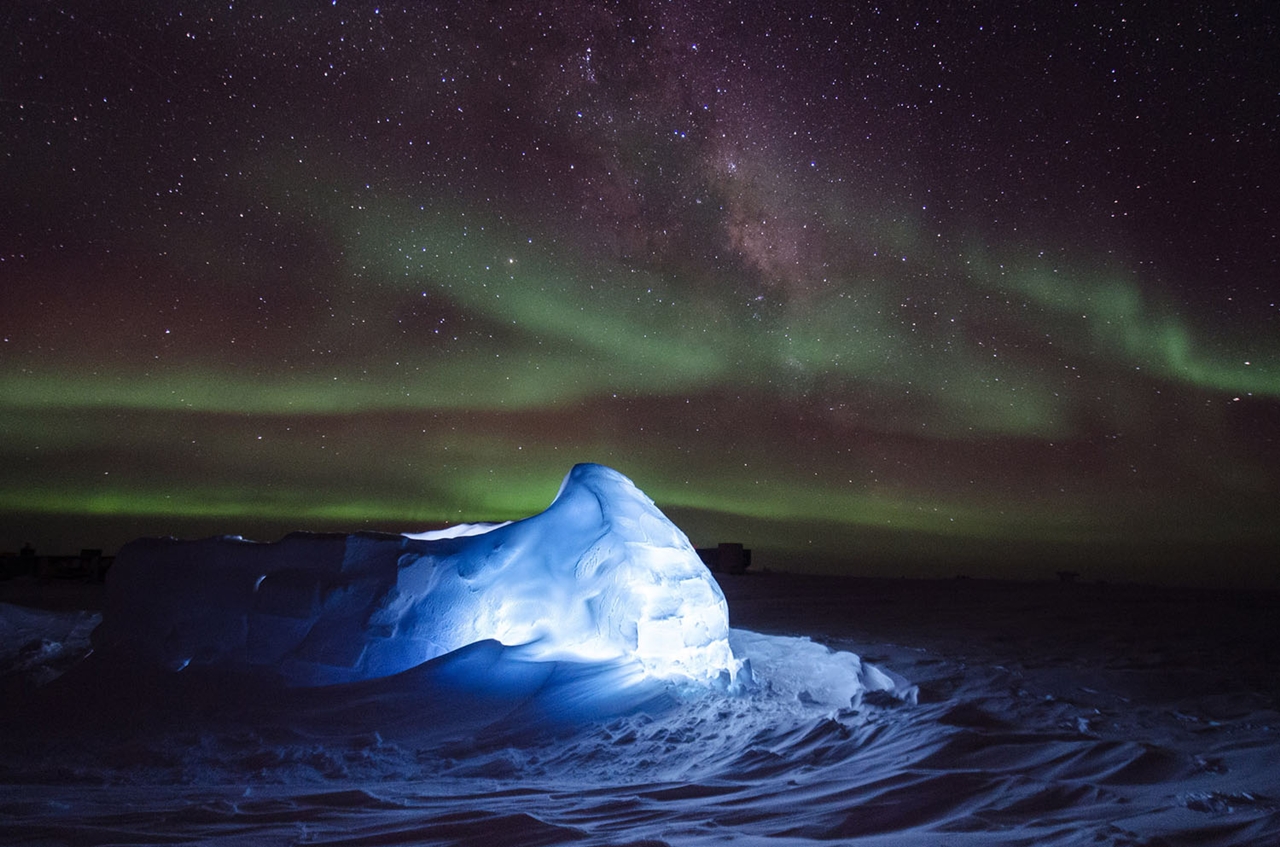 |
POPULATION STATISTICSWhat is the Population of Antarctica? The Truth About the World's Most Isolated ContinentAntarctica, the coldest, driest, and windiest continent on Earth, holds a unique status as the most isolated region in the world. While most continents are known for their bustling cities and vast populations, Antarctica stands in stark contrast, with its permanent population limited to a handful of individuals at any given time. But what exactly is the population of Antarctica, and why is it so different from other continents? Let's dive into the truth behind this frozen landmass and explore the realities of its population. 
A Permanent Population? Not Quite.The population of Antarctica can be a bit of a mystery, as it fluctuates dramatically throughout the year. Unlike other continents, where populations are relatively stable, Antarctica's population is entirely temporary and varies depending on the time of year and ongoing research projects. In winter, the population drops to about 1,000 to 1,200 people, primarily scientists, researchers, and support staff working at the continent's various research stations. These individuals endure extreme conditions, with temperatures plummeting well below freezing and daylight disappearing for months. During the summer months (October to February), the population swells significantly, reaching as many as 5,000 to 5,500 people. This increase is due to the seasonal nature of Antarctic research projects, as well as the arrival of additional personnel for logistics, maintenance, and fieldwork. The Nature of Antarctica's PopulationThe people who live in Antarctica aren't permanent residents in the traditional sense. They are, for the most part, scientists, researchers, and support staff working at various research stations spread across the continent. These individuals come from countries all over the world, united by a shared commitment to studying Antarctica's unique ecosystem, climate, and geology. The Antarctic Treaty, which was signed in 1959 and is still in effect today, prohibits any military activity, colonization, or exploitation of natural resources. This treaty has ensured that Antarctica remains a neutral zone dedicated solely to peaceful scientific research. Why So Few People?One of the main reasons why Antarctica's population is so small is the continent's extreme environmental conditions. The continent is covered by an ice sheet that holds about 60% of the world’s fresh water, and its temperatures can drop to as low as -80°C (-112°F). The harsh conditions make permanent settlement impossible without significant infrastructure, which is both costly and difficult to maintain. Additionally, there are no native human populations in Antarctica, as the continent's environment has never been suitable for sustaining human life. This means that anyone who lives there must be brought in temporarily, usually for research purposes. Research Stations: The Heart of Antarctica's PopulationThe heart of Antarctica's population lies within its research stations. These stations, managed by countries such as the United States, Russia, Argentina, Australia, and many others, serve as the hubs of scientific exploration. The research conducted at these stations covers a broad range of topics, from climate change to glaciology, biology, and even space science. Some of the most well-known research stations include:
These stations not only provide a home for researchers but also offer opportunities for international cooperation, with countries sharing research data and resources for the advancement of global scientific knowledge. A Unique Living ExperienceLiving in Antarctica is unlike anywhere else on Earth. The extreme isolation, combined with the harsh environment, creates a unique experience for those who call it home—albeit temporarily. The stations are often equipped with everything needed to survive the harsh conditions, from specialized clothing to high-tech equipment. However, the experience also involves significant challenges. The lack of sunlight during the winter months can lead to seasonal affective disorder (SAD) for some, and the constant presence of ice and snow makes the landscape visually monotonous. Additionally, access to basic amenities and supplies is limited, and communication with the outside world can be slow and restricted. Despite these challenges, living in Antarctica also offers some remarkable rewards. The opportunity to conduct cutting-edge scientific research in one of the world’s last frontiers, surrounded by breathtaking landscapes and unique wildlife, is an unparalleled experience for those lucky enough to be selected. Conclusion: A Continually Changing PopulationWhile the population of Antarctica may seem minuscule compared to the bustling cities of other continents, its unique status as a scientific and exploratory hub makes it a critical player in global research. The continent remains a symbol of international cooperation, with countries from around the world coming together to study and protect one of the most pristine and mysterious environments on Earth. The population of Antarctica will always be transient, but as the need for climate research and exploration continues to grow, the number of individuals working there may fluctuate. One thing is certain, though—Antarctica’s frozen beauty and scientific significance will continue to attract a select few who are willing to embrace the challenge of living and working on the world’s most isolated continent.
Thank you for visiting this website. Last modified on 2006-10-30 by Jan Lahmeyer
|